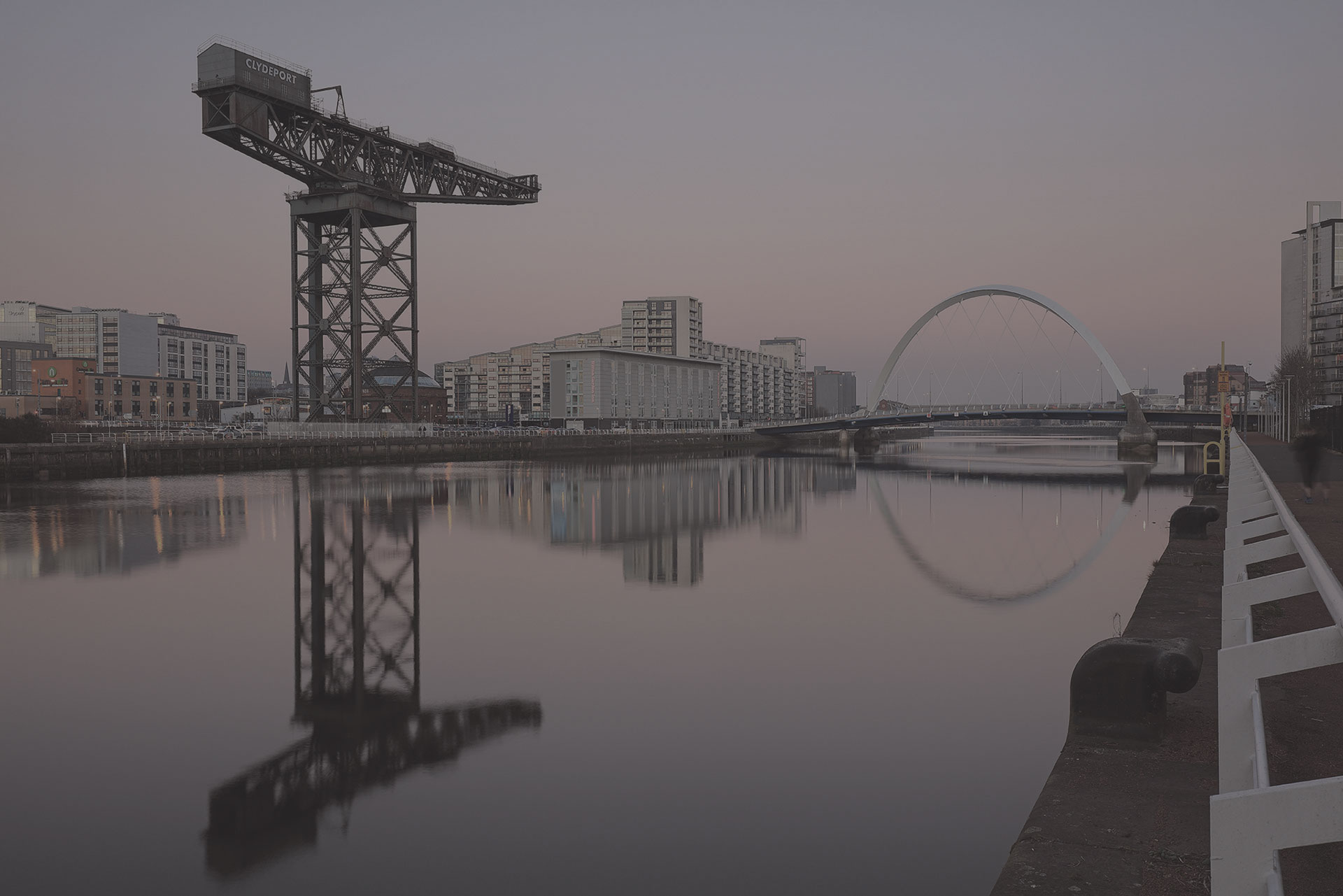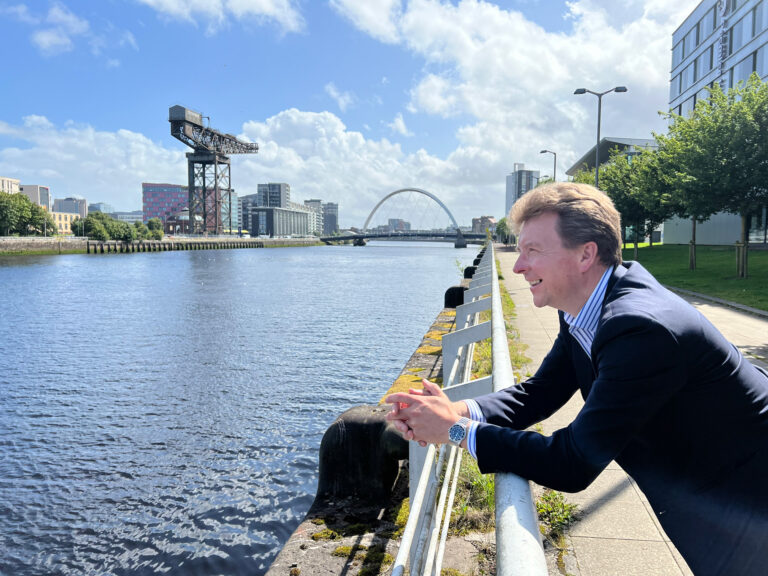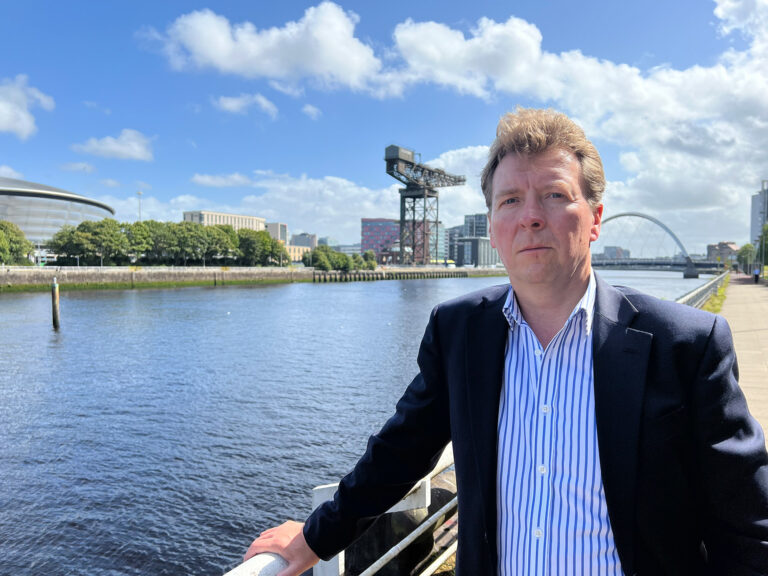Autumn 2023
Over the last five years, Osborne+Co has had a significant impact on Scotland’s urban landscape and the company remains actively involved in a range of projects to revitalise iconic structures, create sustainable residential communities, and satisfy the demand for first-class commercial office space. Will Hean, General Manager (Scotland), reflects on the company’s recent achievements and shares his thoughts about the future.
“It’s no exaggeration to say that the last five years have been transformative for Osborne+Co in Scotland. One major milestone, and a real highlight, was our appointment by JPMorgan Chase (JPMC) to build their new, 270,000 sq ft European Tech Hub building in the centre of Glasgow. As one of the largest private sector employers in the city centre with a current workforce of almost 2,400, JPMC were looking to consolidate and expand their tech presence there. Glasgow is one of only four tech hubs worldwide and their centre for Europe. To accommodate their ambitious expansion plans, they were looking to buy their own building and we were able to facilitate this on our Argyle Street site close to Central Station. With the building due to complete in December 2023 on a fully-fitted basis, Glasgow can now look forward to JPMC as a long-term presence bringing highly skilled job opportunities to the heart of the city.
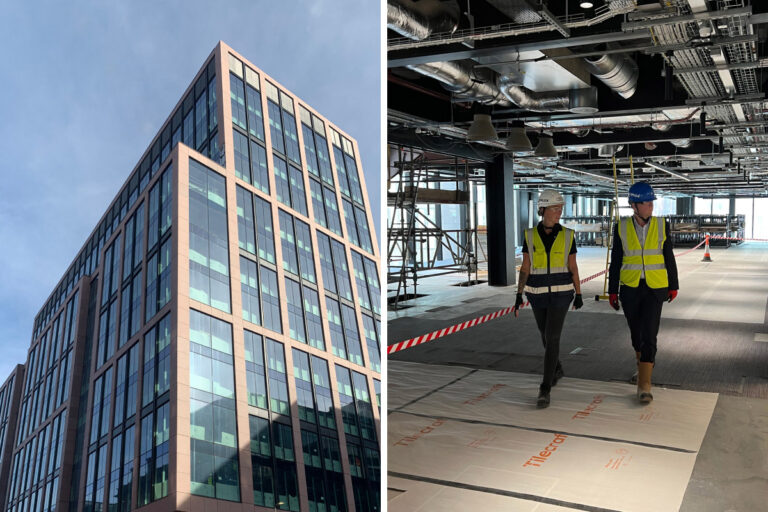
Another important project for Osborne+Co was the Met Tower, the listed former Glasgow College of Building and Printing beside Queen Street Station. The focus here was on providing office space for tech start-ups and spin-out space for new companies, as well as accommodating companies that had emerged from the incubator at nearby Strathclyde University and needed room to expand.
Planning permission was secured to create 120,000 sq ft of high-tech hub offices in the refurbished listed tower, together with a new 260-room hotel on the adjacent land. As well as providing the right environment for tech companies to flourish, the scheme was also designed to attract additional footfall to the benefit of businesses in the city’s local service sector. The scheme has now been sold on to Bruntwood SciTech, with funding from Legal and General, and they are keen to deliver on our vision for the development.
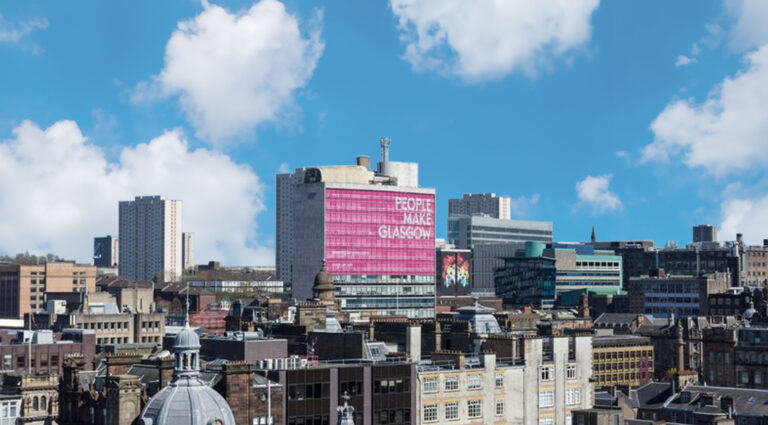
In all these projects, there has been extensive engagement and collaboration with local communities at the planning stage and that has contributed to each development’s success and indeed has influenced their final shape. In each of our major planning applications in Glasgow, we have undertaken full-scale consultations whether face-to-face or online (as it had to be during the pandemic) and the results each time have been extremely positive. The process has given us an invaluable opportunity to listen to any concerns from immediate neighbours and the wider community. It then enables us to work with the interested parties to evolve the proposals, minimising potential negative impacts whilst incorporating elements that can deliver positive additional benefits. Good examples include Lancefield Quay where we have worked hard to minimise the loss of daylight to neighbouring flats and to create a sense of place and identity, and the Met Tower, where we made a real effort to increase access to the ground-floor areas for the surrounding communities and to provide amenities and public areas that would work well for local residents.
So, what does the future hold?
The current real estate market, of course, presents real challenges. Not only have building costs risen sharply and financing become increasingly expensive over the last couple of years, but end values are also falling. That creates the perfect storm in property development terms. The real estate market, however, is all about timing. In that respect, we are fortunate with our current Glasgow projects since we are not looking to sell any of our investments in the next six months and are under no time pressure to sign any major building contracts this year. We are very close to completing the JPMC project which will be delivered by the end of 2023. The Met Tower was sold last year, prior to the Trussnomics era, and a sale has also been contracted with Moda Living on Lancefield Quay, albeit subject to detailed planning.
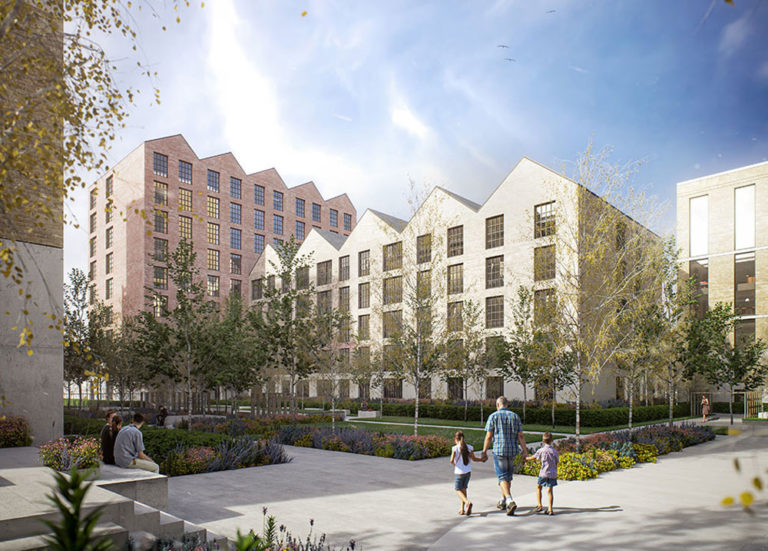
We are now in the position of being able to focus on new projects and opportunities to support existing owners. We are currently exploring several joint-venture projects with investors and occupiers looking to benefit from our expertise in maximising the value of their property portfolio. That could be by securing the necessary planning consents, value-engineering proposed developments to improve value for money, or by introducing our existing Glasgow team of development and construction experts to provide on-site assistance for projects.
Of course, the pandemic was the major event of the last few years and continues to have a profound ongoing impact. Covid and the shift to home working have changed the whole concept of the office for the foreseeable future and the amount of time employees are willing or need to spend there. As a result, businesses now want very different things from their office buildings. Many are keen to downsize from spaces that are no longer fit for their purposes and to make a move to smaller, high quality, city centre spaces with great facilities and amenities that will encourage more staff to come into the office.
It’s here that Osborne+Co can offer core skills that are ideally suited to these post-Covid times. We have extensive expertise in helping major occupiers to manage change. We believe that our track record in creating award-winning buildings with a potentially transformative effect on the workforce is of enormous potential value to businesses struggling to attract and retain staff and encourage them back into the office.
The same businesses are also having to work towards meeting their own net zero carbon objectives and are aware that their current office space is probably not up to scratch in terms of energy efficiency. And that’s another area in which we have a lot of experience.
Sustainability is an increasingly important factor in every one of our projects. In Glasgow, we have been very focused on assisting current owner-occupiers, investors, and building owners to create new high-quality office space by re-using and refurbishing their existing properties. Retaining concrete and steel structures can be the most sustainable way to deal with the embodied carbon represented by an existing building.
We are currently working with one major owner-occupier in Glasgow city centre to refurbish their building rather than demolishing and building from scratch. It’s estimated that this will save around 36,000 tonnes of CO2, equivalent to the volume produced over 60 years of occupation. At the same time, we are looking at converting all their heating sources from gas to electrical. By running on 100% renewable electricity, the building could potentially become carbon neutral when occupied.
Glasgow, in common with every major regional centre in the UK, is faced with a massive shortage of low-carbon, energy-efficient office space. Less than 15% of its current office stock achieves an energy performance certificate (EPC) of B and, according to a recent study by Savills, that’s the minimum level most major occupiers will accept when moving to a new space.
That means that there are a lot of potentially obsolete offices, and we are continuing to explore ways to convert existing buildings to create Grade A, best-in-class office space. By saving existing spaces from obsolescence and preventing their current occupiers from being forced out, we will also be supporting all the retailers, restaurants, bars, and sandwich shops that rely on those occupiers for their trade.
Our approach is very much in line with Glasgow’s strategy of reusing existing buildings wherever possible and revitalising the core of the city by bringing office users back into central areas. Doing it successfully will ensure a sustainable, prosperous, and vibrant city centre for years to come. It’s a huge task which will require everyone to do their bit, but it should certainly keep us all in work for some time yet.
Apart from attracting businesses, Glasgow City Council also has a stated aim of greatly increasing the amount of city centre living, with a target of doubling it by 2035. That’s why we are increasingly getting involved with mixed-use office, residential and student schemes such as Lancefield Quay which will be a new urban quarter and a touchdown point along the waterside between the city centre and the Hydro/ SEC Campus. This four-acre waterfront site close to the OVO Hydro venue has outlined planning for the creation of around 700 build-to-rent units and we have now sold this project on to Moda Living who will develop out the complex. This was a serious exercise in placemaking and will deliver much-needed new homes in a central location for the city.
Lancefield Quay and other sites were all opportunistic purchases. We bought them without planning but with a view to creating mixed-use developments focused on providing Grade A office and city centre occupational living opportunities in line with Osborne+Co’s long-term vision.
We continue to work on a wide range of new projects but, at the moment, they are very much under wraps. What I can say is that they involve collaborations with current occupiers and building owners on schemes that are designed to make a positive contribution to Glasgow’s built environment. One building, in particular, will provide a wide variety of spaces and amenities on an internal ground-floor level street where food and beverage, fitness and wellness spaces will be available for local residents as well as the building’s occupants. It’s a very exciting and forward-looking project, very much in line with our vision and with Glasgow’s urban strategy but, for the time being, that is as much as I can say.”
Any further questions?
If you have any further questions about Will or this article, please contact us.
Get in touch
